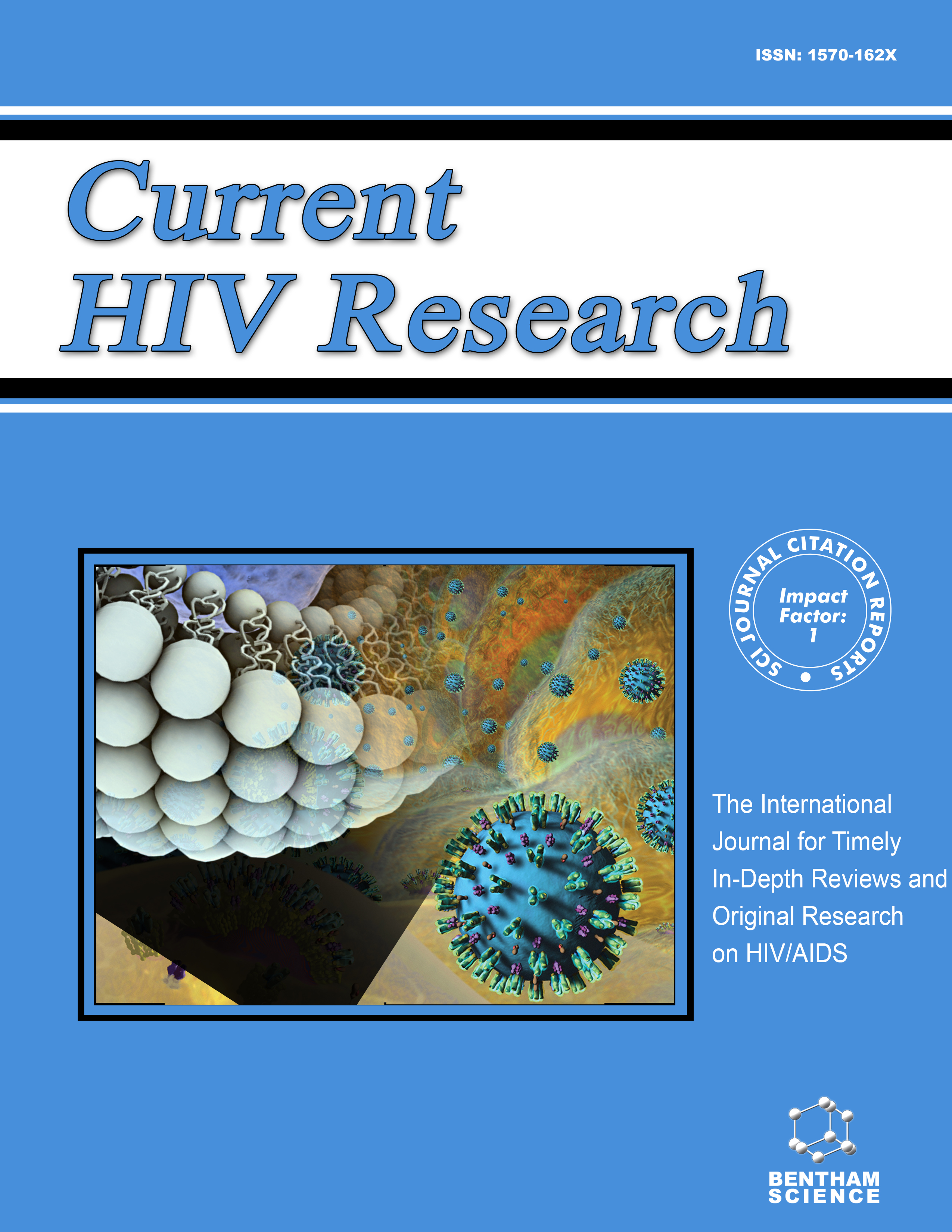
Full text loading...
We use cookies to track usage and preferences.I Understand
Therapeutic measures have been successful in increasing survival rates and quality of life of HIV/AIDS-infected people. However, some people fail to respond to antiretroviral therapy (HAART) because of viral resistance-associated mutations.
To identify virus genotype and the presence of mutations that alter the susceptibility to HAART, and factors associated with the occurrence of these mutations.
A cross-sectional study was conducted on adults living with HIV attending a specialized outpatient clinic in southern Santa Catarina, Brazil. The participants were interviewed and had blood samples collected for analysis. Those with detectable viral load were genotyped.
Out of the 629 patients recruited, 127 subjects were included due to having a detectable viral load. The most common mutations were M184V and K103N. HIV-1 subtype C was the most prevalent strain. Resistance to HAART was associated with modification in the treatment regimen (p <0.001).
This study concluded that the circulating subtype virus was subtype C and that the mutations K103N and M184V were the most prevalent strains in southern Santa Catarina, Brazil.

Article metrics loading...

Full text loading...
References


Data & Media loading...

